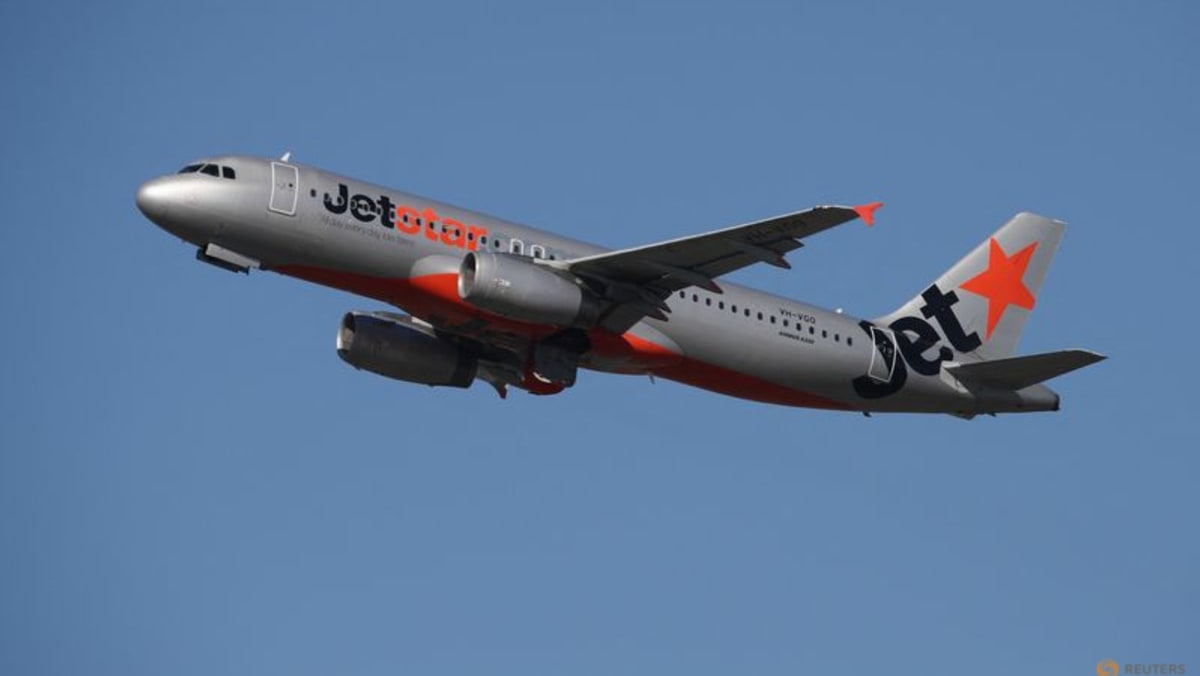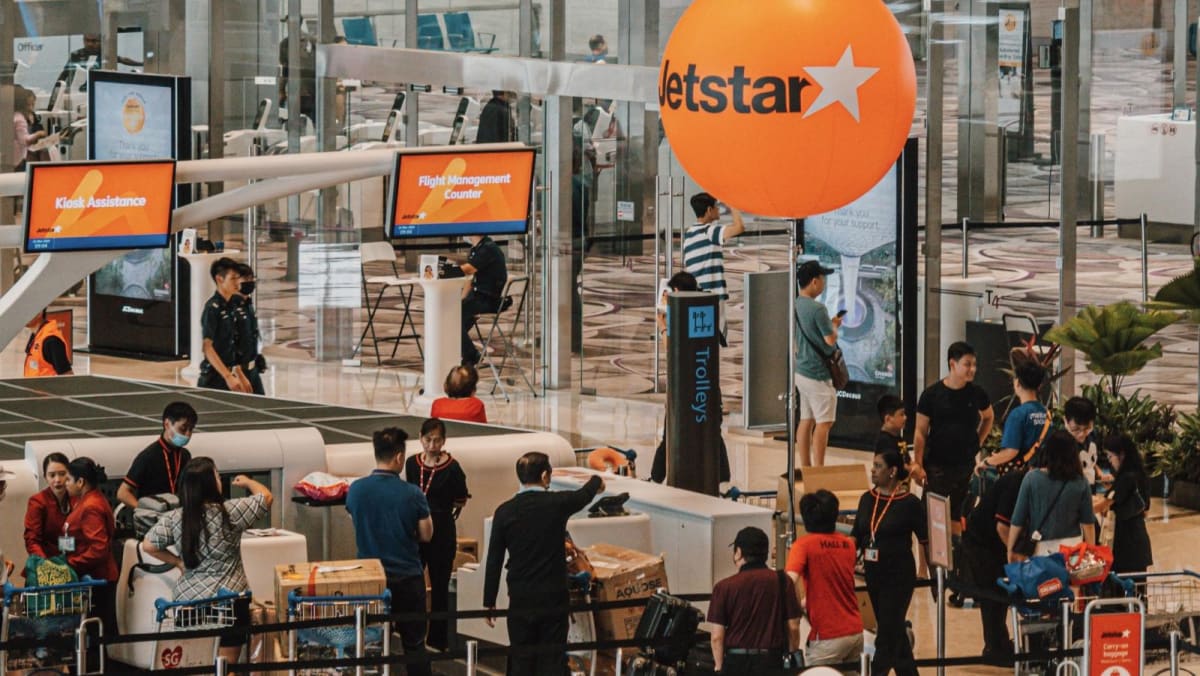SINGAPORE: The decision for Jetstar Asia to close shop in Singapore on Jul 31 was not entirely a surprise. The writing was on the wall: The low-cost carrier has been largely loss-making throughout its existence, only profitable for six of its 20 years. This year, it expects to lose A$35 million (US$22.8 million).
Still, the news on Wednesday (Jun 11) came as a shock, due to over 500 employees losing their jobs as well as the suddenness of its exit. It had added a new destination, Labuan Bajo, as recently as March.
The Jetstar Asia business model has been described as the “airline-within-airline” strategy. It is 49 per cent owned by Australia’s national carrier Qantas and 51 per cent by Singapore company Westbrook Investments, with links to a local tour agency.
It was first introduced in the United States in 2003, when United Airlines formed Ted to fend off budget competitors such as JetBlue and Frontier. Five years later, United was forced to shutter Ted due to higher jet fuel prices.
Jetstar Asia’s demise is different, people close to Qantas told me.













